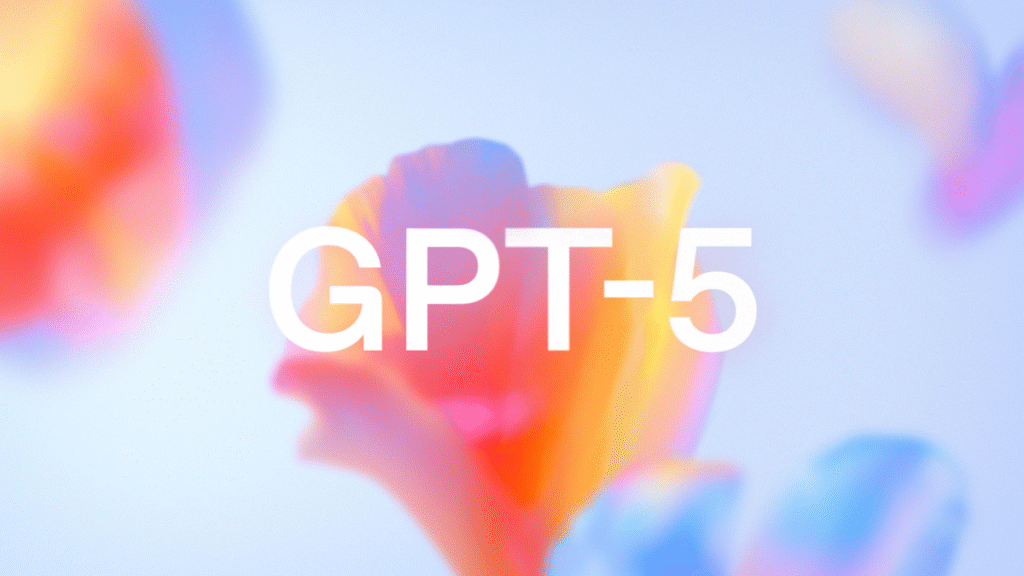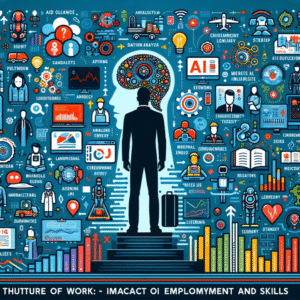
The AI Revolution Gets Real: ChatGPT-5 is Here
August 8, 2025

Well, it finally happened. After months of speculation, leaked rumors, and the kind of tech industry hype that usually leaves you disappointed, OpenAI just dropped ChatGPT-5 yesterday – and for once, the reality might actually live up to the buzz.
I’ll be honest: I was skeptical. We’ve all been burned by overpromising tech companies before. Remember when every new smartphone was supposed to “revolutionize everything”? But after spending the last 24 hours playing around with GPT-5, I’m starting to think Sam Altman might not be exaggerating when he calls it “a team of Ph.D. level experts in your pocket.”
What’s Actually New (And Why It Matters)
The biggest change isn’t flashy – it’s reliability. OpenAI says they’ve dramatically reduced the “hallucination rate,” which is tech speak for “it makes stuff up way less often.” As someone who’s had to fact-check every ChatGPT response like I’m editing a high schooler’s Wikipedia essay, this alone feels revolutionary.
But here’s where it gets interesting: GPT-5 isn’t just better at text. It’s genuinely multimodal now. You can throw images, audio, and text at it all at once, and it actually understands the connections between them. I uploaded a photo of my messy desk while asking about productivity tips, and it gave me specific advice based on what it could see in the image. That’s not just impressive – it’s useful in a way that makes you rethink how you interact with AI.
The PhD Comment Isn’t Just Marketing Fluff
Altman’s “Ph.D. level experts” line sounded like typical Silicon Valley hyperbole, but there’s something to it. The reasoning capabilities feel genuinely different. When I asked it to help debug some code, it didn’t just spot the error – it explained the underlying computer science concepts, suggested three different solutions, and then helped me understand the trade-offs between each approach.
It’s not that it’s smarter in some abstract way. It’s that it seems to actually think through problems instead of just pattern-matching its way to an answer. The difference is subtle but significant, like talking to someone who’s actually listening versus someone who’s just waiting for their turn to speak.
Safety Theater or Genuine Progress?
OpenAI claims they put 5,000 hours into safety testing, which sounds impressive until you remember this is the same company that gave us the “Sydney” incident with Bing. But credit where it’s due – GPT-5 seems more willing to engage with nuanced topics rather than throwing up the usual “I can’t help with that” walls.
Instead of refusing to discuss controversial subjects, it acknowledges complexity and presents multiple perspectives. It’s like talking to a well-informed friend who happens to be very good at seeing all sides of an issue. Whether that’s actually safer or just feels more natural, I’m not sure yet.
The Timing Couldn’t Be Better (Or Worse)
Launching GPT-5 right now feels like perfect timing and terrible timing rolled into one. Perfect because the AI hype cycle was starting to plateau – people were getting bored with chatbots that felt more like sophisticated autocomplete. Terrible because we’re still figuring out what to do with GPT-4, and now there’s something even more capable to contend with.
The job displacement conversations are about to get a lot more real. When your AI assistant can handle complex reasoning, multimodal inputs, and extended conversations without going off the rails, the list of “human-only” tasks gets notably shorter.
First Impressions: Genuinely Impressive, Actually Useful
Here’s the thing that surprised me most: GPT-5 doesn’t feel like a bigger version of the same thing. It feels qualitatively different. More like having a conversation with a very knowledgeable colleague than interrogating a very sophisticated database.
Is it going to change everything overnight? Probably not. But for the first time since ChatGPT’s initial release, I found myself thinking “okay, this actually might be the future” instead of “this is neat but limited.”
The real test won’t be in the first week of excitement, but in whether it becomes genuinely useful enough that we stop thinking about it as AI and start thinking about it as just another tool. If GPT-5 manages that transition, then maybe all the hype was justified after all.
The author is a freelance technology writer who has been covering AI developments since 2022. You can follow more of his work at [generic tech blog].
















Post Comment